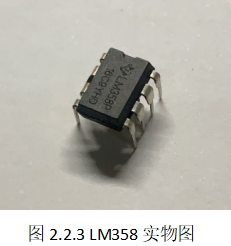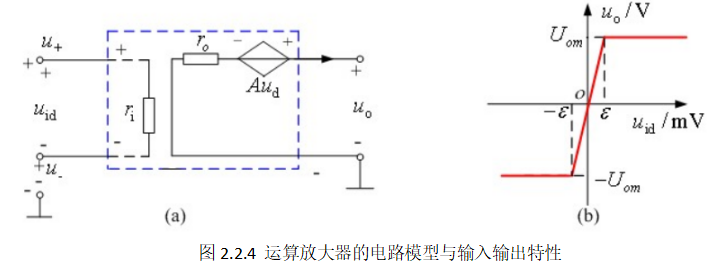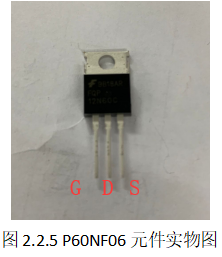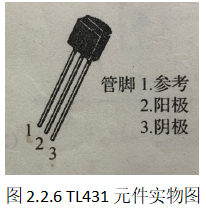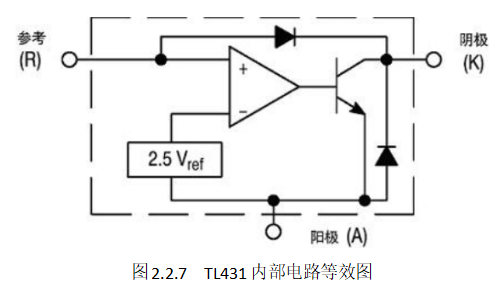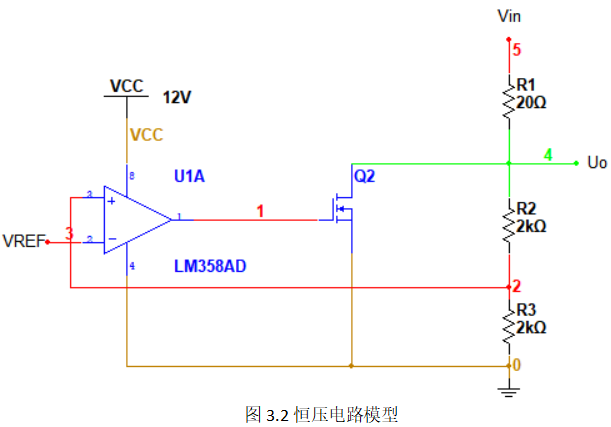电子负载的设计制作毕业论文
2020-04-23 20:15:18
摘 要
Abstract Ⅱ
第一章 绪论 1
1.1传统负载和电子负载比较 1
1.2电子负载的市场现状 1
1.3本文的研究内容 2
第二章 电子负载相关原理介绍 3
2.1电子负载的工作模式 3
2.2电子负载设计所涉及的元件介绍 4
第三章 电子负载的电路模型设计 8
3.1恒流工作模式的设计 8
3.2恒压工作模式的设计 9
3.3恒阻工作模式的设计 11
3.4参考电压电路模型的设计 13
第四章 电路的模拟仿真 14
4.1 Multisim软件相关介绍 14
4.2恒流型电子负载的电路模型仿真实验 15
4.3恒压型电子负载的电路模型仿真实验 18
4.4恒阻型电子负载的电路模型仿真实验 21
第五章 成品制作与性能测试 25
5.1成品制作 25
5.2实物性能测试与结论 25
第六章 全文总结和未来展望 29
6.1全文总结 29
6.2未来展望 29
参考文献 30
摘要
本论文主要介绍的是电子负载的设计与制作,其区别于传统静态负载,在电力电子系统中起到至关重要的独特作用。在现实生活中随着各类新式电力电子设备的更新变革,大量的电源需要进行高精度的负载测试,从而对负载的需求以及其性能也在持续增长。而传统的静态负载由于其可变能力差等缺点也已经很难再适应电力电子邻域内相关技术的高速发展了。因此可调控的、高精度的、自动化的电子负载渐渐地取代了传统负载的地位,受到电力电子行业的青睐,成为电源检测技术中的佼佼者。
电子负载基本上都是通过控制其内部的晶体管的导通量,由功率管来耗散电能。电子负载具有三项基本的工作模式:恒流模式、恒压模式和恒阻模式。本文内容将本着对电子负载的入门学习为目的,从最基本的原理出发,介绍如何设计这三种工作模式下的电子负载,以及制作出相应成品并测试其实际性能。
关键词:电子负载 恒流 恒压 恒阻
Abstract
This paper mainly introduces the design and manufacture of electronic load, which is different from the traditional static load and plays a vital role in the power electronic system. In real life, with the update and reform of all kinds of new power electronic equipment, a large number of power supplies need to carry out high-precision load test, so the demand for load and its performance are also growing. However, the traditional static load, due to its poor variable capacity and other shortcomings,is difficult to adapt to the rapid development of related technology in the field of power electronic industry. Therefore, the adjustable, high-precision and automatic electronic load gradually replaces the traditional load, and is favored by the electronic power industry, becoming a leader in the power detection technology.
The electronic load basically consumes the electrical energy through the power tube by controlling the conduction flux of its internal transistor. Electronic load has three basic working modes: constant current mode, constant voltage mode and constant resistance mode. The content of this paper will, for the purpose of getting an introduction to electronic load, start from the most basic principle, introduce how to design the electronic load under these three working modes, and make the corresponding finished products and test their actual performance.
Keywords: electronic load;constant current;constant voltage;constant resistance
第一章 绪论
1.1传统负载和电子负载比较
在电子电路相关知识中,我们知道负载是消耗电能,即吸收电源所输出的能量,并将电能转化为其他能量形式的装置。常用的负载有电阻、照明装置(如电灯等)、电机及其控制等等。
随着各类新式电力电子设备的更新变革以及和各项技术的飞速发展,大量的电源需要进行高精度的负载测试,从而对负载的需求以及其性能也在持续增长。
而在现实行业的实际生产中经常会依靠利用模拟负载来替代实际的负载进行电源的测试工作,而其中占大部分数量的是静态的负载,诸如电阻、变阻箱之类的元件。利用传统负载进行电源测试有许多缺点。如不同负载测试需要大量不同型号的电阻,不同功率等级需要不同的功率负载测试,需要大量的测试设备,需要人为干预,选取更换操作繁琐,不能实现自动化。而且就算使用滑动变阻器、变阻箱之类的可调式负载,其也存在阻值分辨率低,接触不良影响阻值等精度低的缺点。另外测试过程还会存在一定温度因素,因为传统静态负载的阻值和性能会受其影响而发生未知的改变,这都将很影响测试进程。此外最为至关重要的一点是现实中所应用的负载的样式繁多,结构复杂,而且有很大一部分是动态的,即其性能阻值会同步变化于时间、频率。因此静态负载在实际电源测试中是很难完全满足模拟实际负载的要求,从而未能达到预期想要的效果。
而工业领域中电力电子技术的迅速发展势必会提升电子负载在电源检测技术中的行业地位。电子负载拥有高精度负载调节,通用调节电流,测试进程稳定、偏差小,同时可适应不同电源水平,电子负载测试过程简单,自动化程度高,节省人力。而且可模拟动态负载变化,克服了传统电阻箱式负载只有静态的缺点,依赖其优越的静态或动态环境下均可适应的优势,实现对电力设备的多次多方面的校检,预期效果也是相当良好。
相关图片展示:
